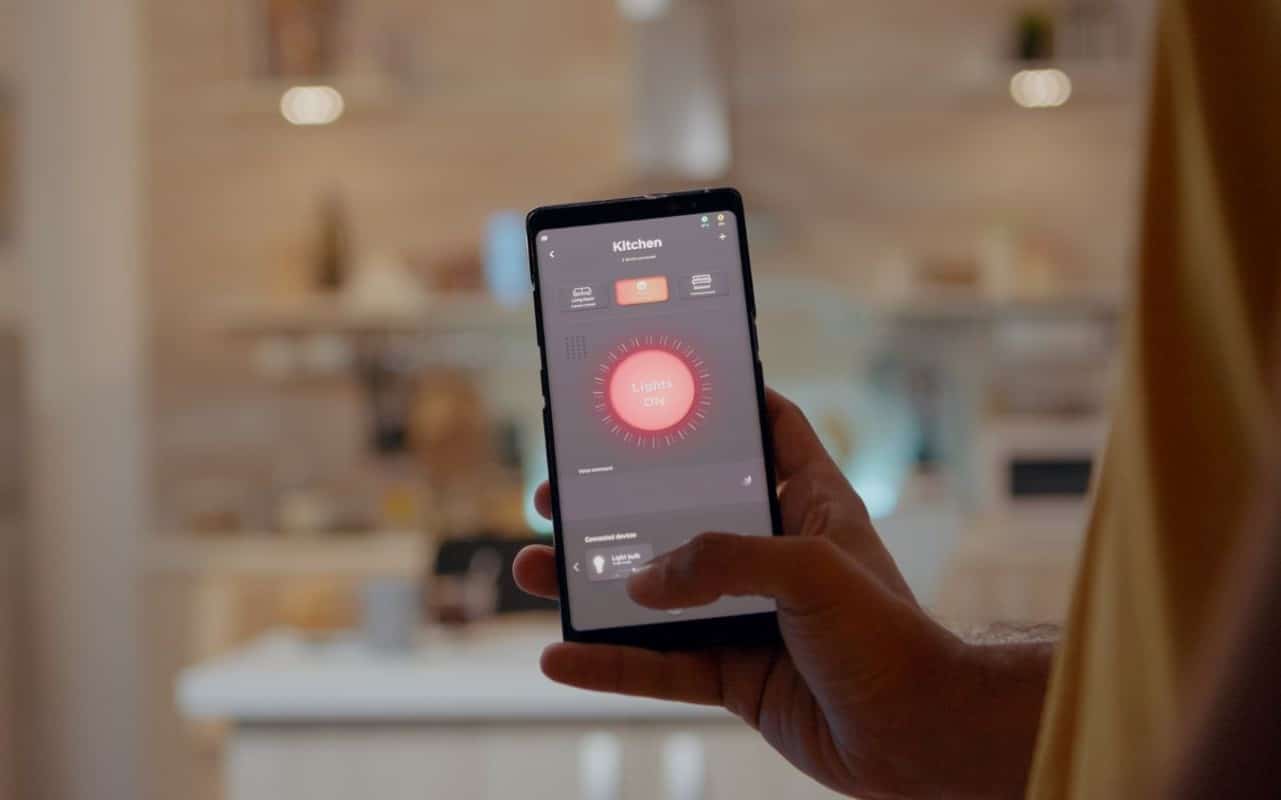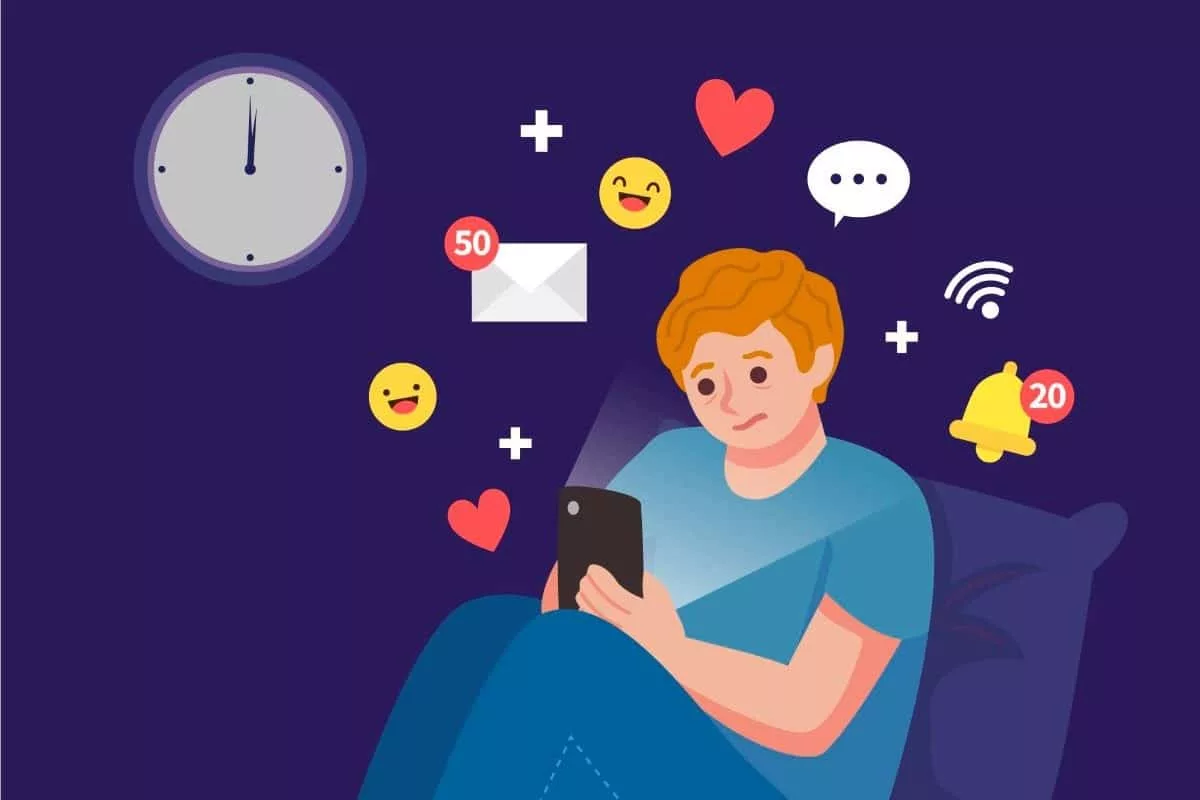
Technological innovation plays a significant part in creating a more accessible world for people with disabilities. From enhancing general accessibility in public to fostering independence in daily routines, it can be a lifeline.
With at least 14.6 million people in the UK living with some form of disability, it’s crucial for domestic and commercial settings to include accessible layouts and assistive technologies.
No matter the setting or application, computer-aided design (CAD) can be transformative. Through uniquely tailored technologies, new layers have been unearthed within mobile phones, computer operating systems, and even smart home systems.
We’ve answered some of the most frequently asked questions about these technologies below.
How have assistive technologies revolutionized personal support?
Technology empowers individuals with disabilities to maximize and expand their capabilities. With the customization of personal and handheld devices, individual needs and preferences can be more astutely catered for.
A few examples of automated technologies and how they can be deployed include:
- 3D printing: Through specialist online CAD software, engineers and innovators can create tailored products to complement an individual’s needs or lifestyle. From prosthetic limbs to printed keyboards and hearing aids, there are no limits to the potential of 3D design.
- Virtual reality: Known as VR, this pioneering technology plays an invaluable role in rehabilitation therapies and attention training, particularly for patients who’ve sustained traumatic brain injuries.
- Alt texts: Used to describe images to blind internet users who use screen readers, alt text fields usually provide a short description or summary of visual content. It’s important to use accessibility features correctly, or they might not be fit for purpose.
How can assistive technologies empower everyday living?
Daily tasks can be performed more independently thanks to certain automated technologies. These include:
- Smart homes: Smart devices and IoT technologies enhance household accessibility. By being able to control vital household appliances and heating systems via mobile, these technologies empower people with disabilities and provide ultimate convenience.
- Voice control: Automated voice-assist features on computers and smartphones save users from needing to read, type, or check their device to successfully perform a function. This extends to smart speakers, TV streamers, and smart displays too.
- Smart healthcare: From pre-programmed wheelchairs to automatic medicine dispensers, physical needs can be catered for with automated technologies too.
- Case management: Software can make IDD case management and disability service management more organized and efficient, leading to improved care.
Can employment become more accessible?
Remote working opportunities facilitate an inclusive working environment for people living with physical disabilities, but these arrangements also benefit those with mental health conditions and disorders. Rather than making it compulsory to commute to and from the workplace, employees can now work from the comfort of their own homes – where it’s much easier to create a setup that caters to specific challenges and abilities.
Those living with autism spectrum disorder, for example, may find it easier to complete their tasks within a familiar environment and sense of routine. Crucially, automated and bespoke technologies may be present at home, but not in the office. For example, autistic people can work in a sensory-friendly environment with sensory lighting and fidget chairs chosen to suit their needs. People with chronic pain can use ergonomic office chairs and take standing and stretch breaks without distracting coworkers in an office.
Is technology the answer to a more accessible society?
Even though digital technologies make a genuine and lasting difference to the lives of those living with disabilities, they might not ever be able to provide a total solution.
Many of the everyday problems faced by wheelchair users, for example, are caused or exacerbated by exclusionary and ableist fundamental design principles. From installing alternatives to stairs in the family home to addressing inaccessible public buildings, it’s easy to spot room for improvement across different sectors and environments.
But there’s certainly a role for accessible technologies to play. Without them, progress would be stilted even more by ableist social conventions and outdated facilities.
Image by DCStudio on Freepik
Coffee junkie. Spoonie. Writer about all things chronic illness and mental health. Friend of animals everywhere.








